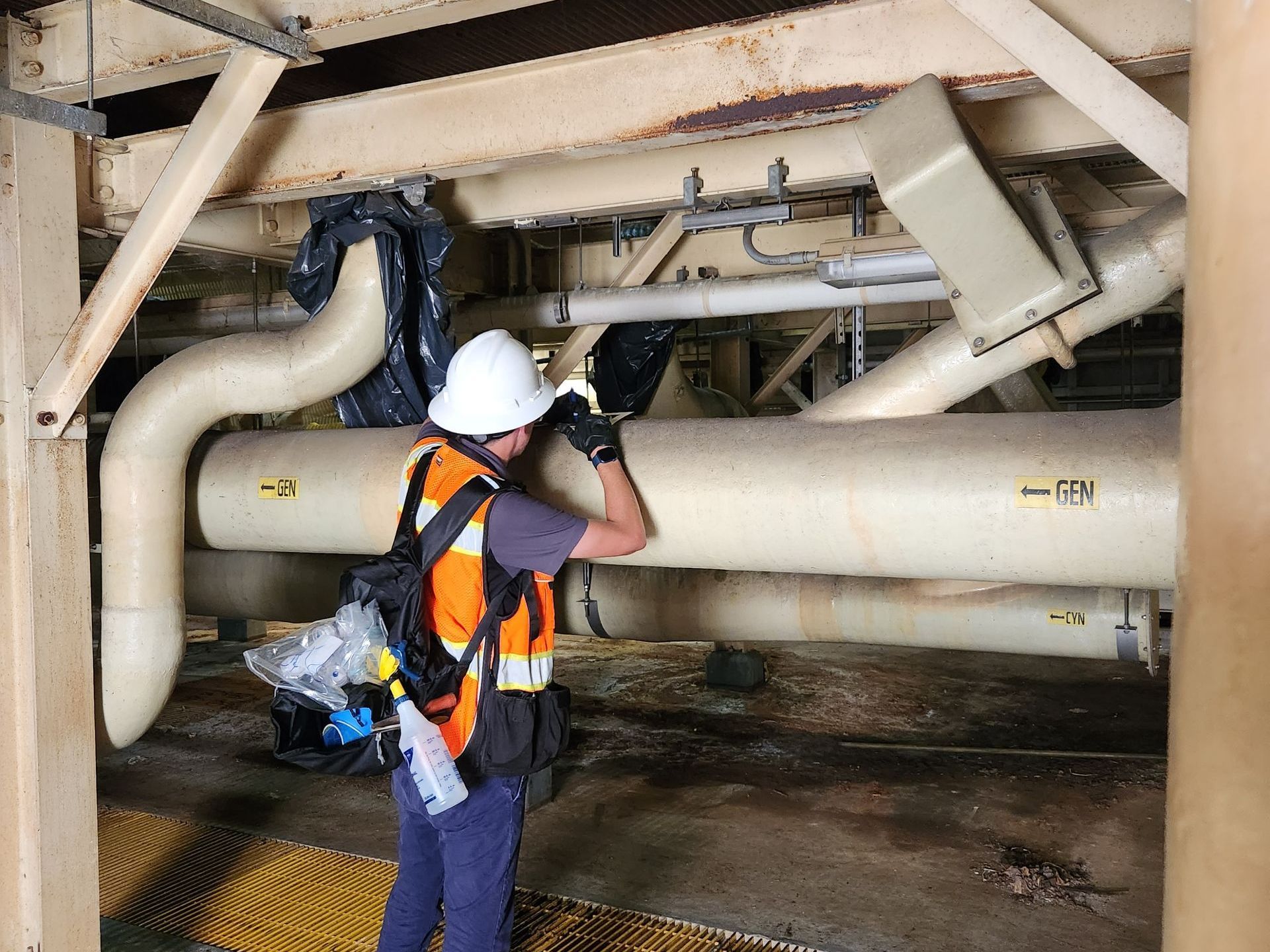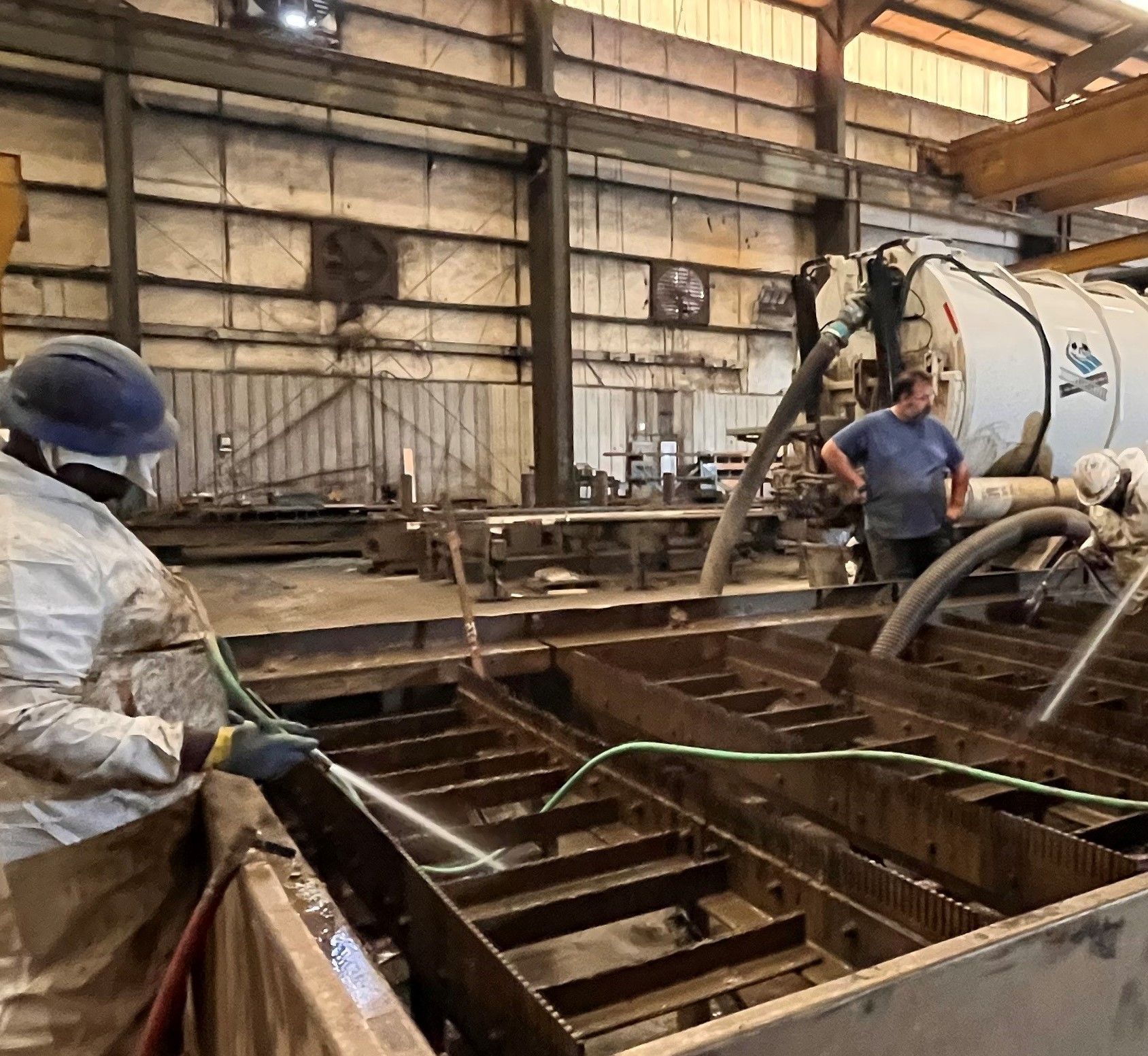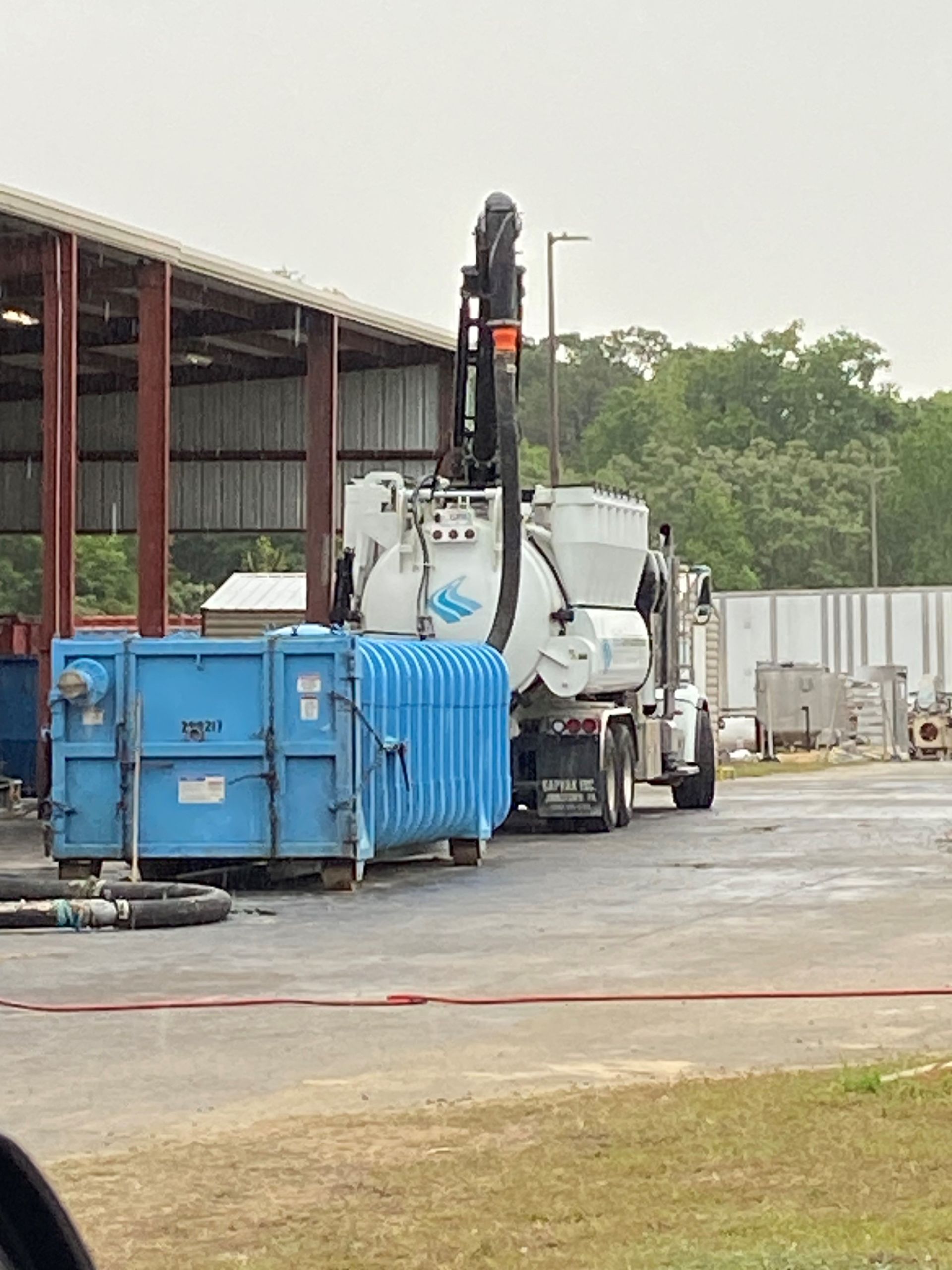888-720-1330
Ladder Safety in Industrial Environments
In many industrial workplaces, ladder use may seem like common sense. However, with 300 workers dying each year from ladder-related injuries, it’s imperative to discuss simple safety measures to prevent these accidents.
According to a study completed by the American Ladder Institute (ALI) All five of these ladder accident causes can be easily avoided by taking the following precautionary actions of basic ladder safety before ladder use.
- Missing the last step of the ladder when climbing down.
- Exercise caution when climbing down a ladder. Always face the ladder when climbing up or down, and don’t skip steps!
- Overreaching while on the ladder.
- When working from a ladder, keep your center of gravity and body between the side rails. If you can’t easily reach the project area once you have ascended the ladder, climb down the ladder and move the ladder closer to your project area.
- The ladder was not the right size for the job.
- One of the factors in determining the right ladder for the job is the length. A good rule of thumb when selecting a ladder is to calculate a person’s maximum reach height, which is approximately four feet higher than the height of the ladder.
- The ladder was not on firm, level ground.
- Clear trash, construction materials, and other obstructions away from the base and top of the ladder. The base of the ladder should be safely secured to prevent accidental movement. You can also use a ladder with non-slip feet or add outriggers or levelers to the bottom of an extension ladder to increase the footprint.
- Three points of contact were not used when climbing the ladder.
- Always maintain three contact points – two hands and a foot, or two feet and a hand – when climbing up or down a ladder, which allows you to maintain your balance.
Proper Selection
Selecting the proper ladder is crucial to ladder safety. Each type of ladder provides different functions. It is essential to be aware of the height and weight restrictions for the ladder you want to use. Every ladder has a weight capacity that must be adhered to. If the weight on a ladder exceeds the limit, the ladder may buckle, and injuries are more likely to occur.
If you need to reach high places, choose the appropriate ladder with the correct height availability. If you are placing your ladder on another structure to make the ladder higher, you need to choose a different ladder with higher height availability.
Different types of ladders provide diverse functions. Below is an overview of the three most common ladders.
- Step ladders are non-extending ladders that are free-standing, meaning they do not need to be leaned against another structure for support.
- Extension ladders, also called straight ladders, are used to reach high places. Extension ladders need to be leaned against another structure for support.
- Folding ladders are free-standing ladders used for inside jobs. They have more comprehensive steps than most ladders and store easily while not in use.
Safety Inspections
Before using the ladder, inspect for defects or damage. A ladder inspection is necessary upon receiving a new ladder, before each use, or after a ladder has fallen. Some aspects of the ladder to inspect include:
- Cracked or missing steps
- Splintered surfaces
- Loose nails, bolts, or nuts
- Corrosion or rust on treads
- Rotted rails
Correct Ladder Angles
A simple way to know if the ladder you are using is safely placed, adhere to the four-to-one rule. You have to climb for every four feet of height; the ladder should be one foot from the wall’s base. Following this rule ensures a steady ladder.
It is always best to have another person hold the bottom of the ladder to make sure the ladder does not fall. However, if another person is not available, place the feet of the ladder on firm, level ground to prevent the ladder from falling.
Keep Contact
While climbing a ladder, it is essential to maintain three points of contact; if your body’s center is parallel to the ladder’s center, more likely to occur. If you need to use or transport tools that require more than one hand, ask for assistance.
At First Environmental, we exist to help our clients’ have more uptime and less downtime, improved operational efficiency, better quality control, and minimized cleaning costs. Call us 24/7 at 888-720-1330 for industrial cleaning services or emergency spill response.


We provide industrial cleaning services including: vacuum truck services, hydroblasting, tank cleaning, line cleaning and other maintenance, abatement and remediation services.
Services
About
Locations
Brunswick
7024 New Jesup Hwy, Ste 1
Brunswick, GA 31523
912-544-5266
Macon
1266 Sixth Street
Macon, GA 31206
478-477-2323
Atlanta Area
3379 Tommy Dillard Rd.
Monroe, GA 30656
770-322-3559
All Rights Reserved | First Environmental



